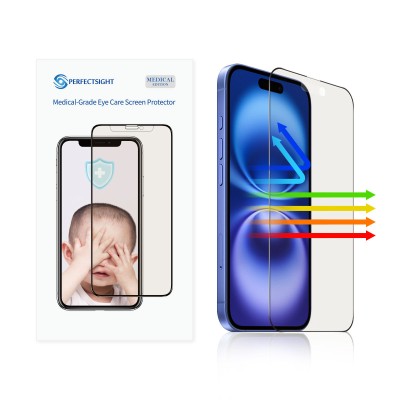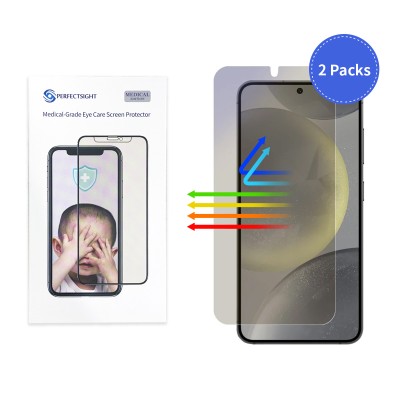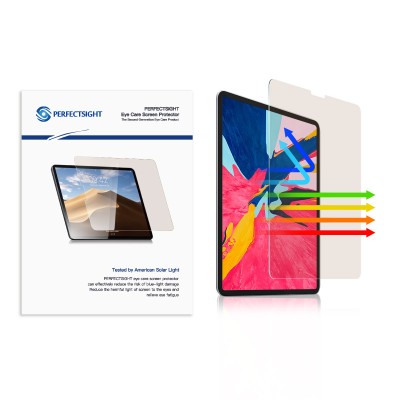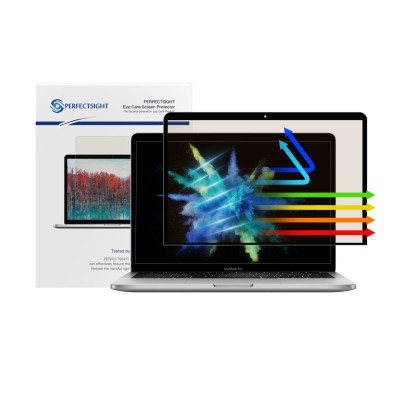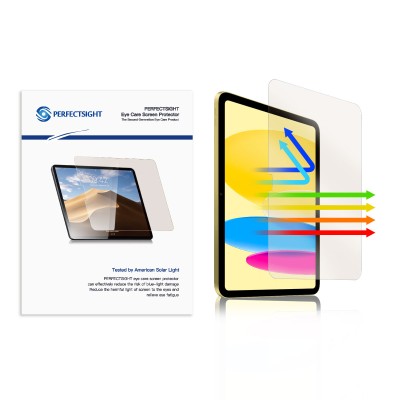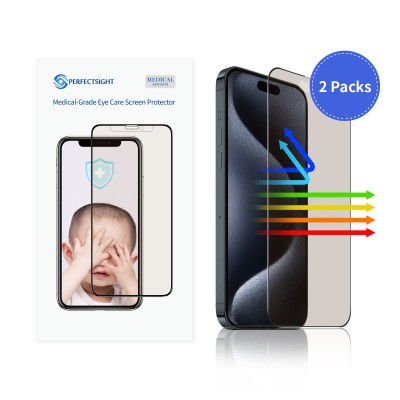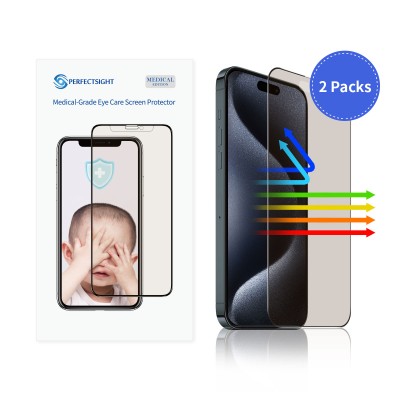How to Remove a Screen Protector Without Air Bubbles?
Removing a screen protector may seem simple, but if not done properly, it can lead to screen damage or adhesive residue. Here are the steps and precautions:
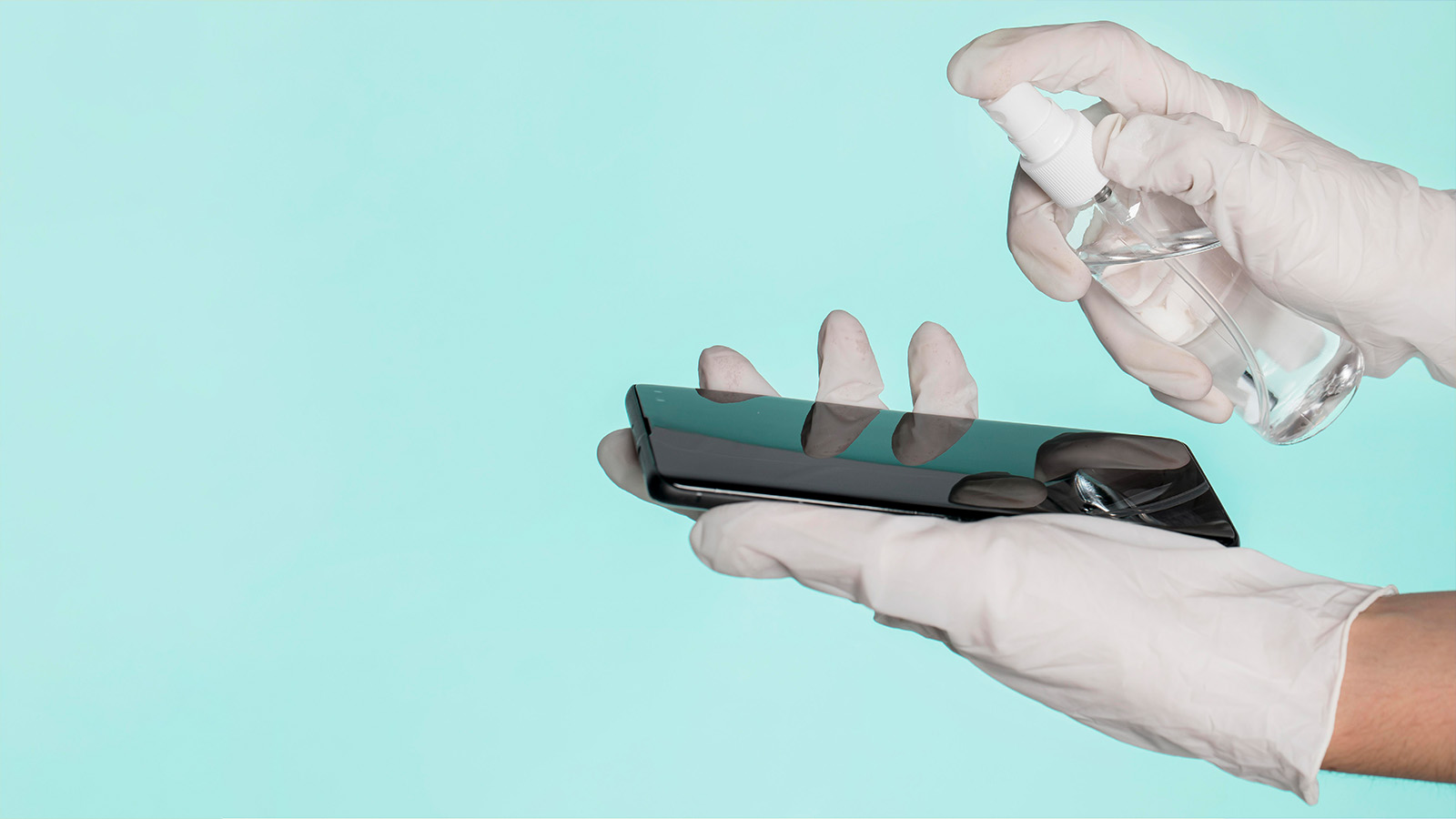
- Using a Plastic Card
To remove the screen protector, first prepare a plastic card (such as a credit card or an old ID card) and a clean cloth. Work in a dry, warm environment, avoiding damp or cold conditions, which can cause the protector to stick more tightly. Next, locate a loose corner of the screen protector, gently lift it with your fingernail or the plastic card, and avoid using excessive force to prevent damaging the screen. Once you have lifted the corner, you can slowly peel off the protector while maintaining even pressure to avoid static that could tear the screen protector.
- Using Alcohol
Spray Alcohol: Spray a little alcohol-based cleaner around the edges of the protector to help loosen the adhesive.
Wait a Moment: Let the alcohol work for a few minutes, then gently lift the corner and start to peel it off.
- Using a Hair Dryer
Set to Low Heat: Turn the hair dryer to a low setting and keep it at a safe distance.
Heat the Protector: Blow warm air towards the edges of the protector, being careful not to overheat, as this could damage the screen.
Easily Remove: After heating, use your fingernail or the plastic card to gently lift the corner and slowly peel off the protector.
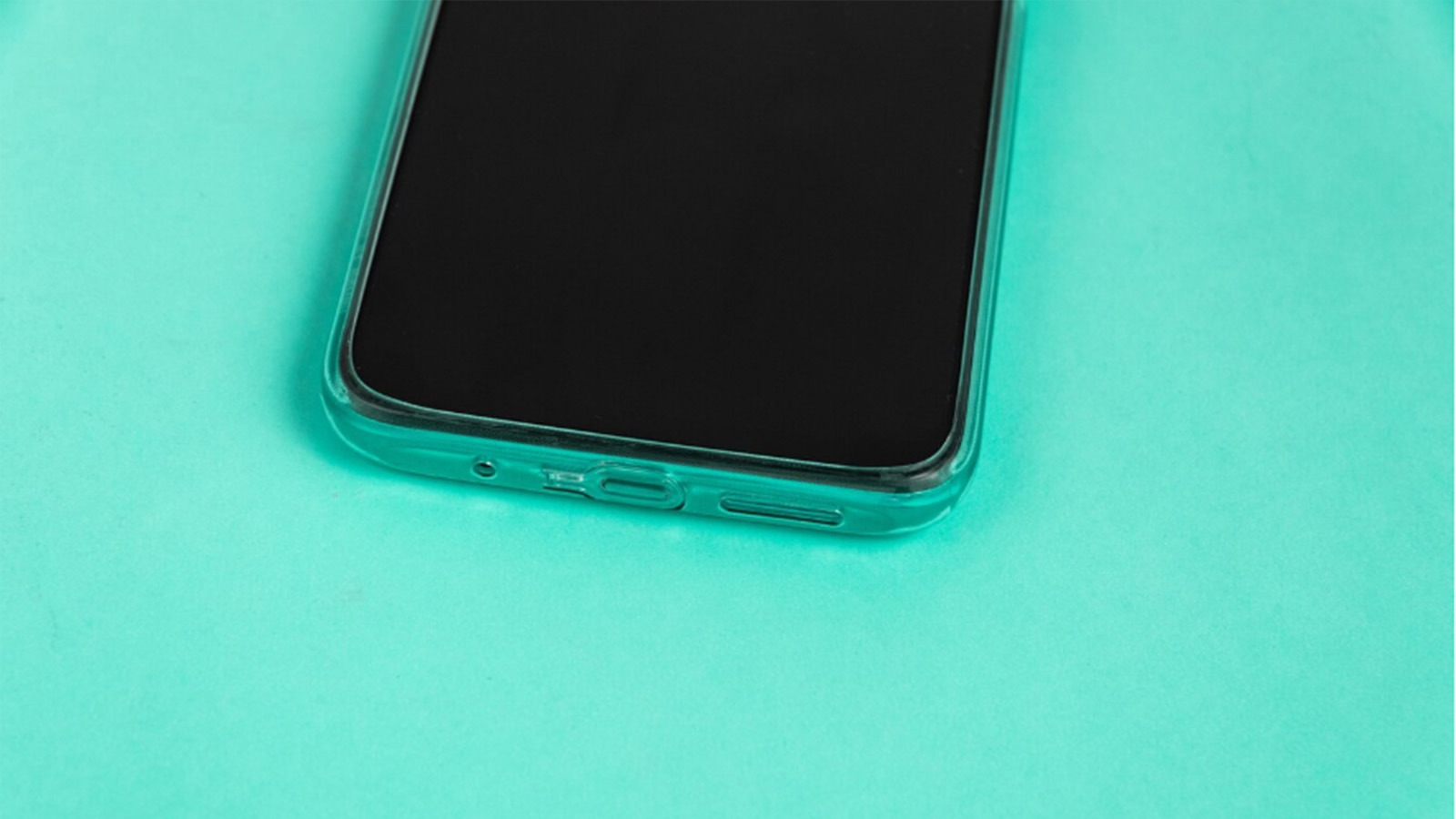
How to Replace a Screen Protector Without Air Bubbles?
Apply the Protector Correctly
Align: Pick up the new screen protector, making sure not to touch the adhesive side, and align it with the top of the phone screen.
Gently Place: Lightly place the protector on the screen, ensuring accurate alignment.
Gradually Press Down: Starting from the center, use the squeezegee or credit card to gently push out air bubbles. If necessary, you can slightly lift a corner to readjust.
Check and Finish
Ensure all air bubbles are removed and that it is properly aligned. After a few minutes, the protector will adhere securely to the screen. Click to watch the video.
Common Questions
- What types of screen protectors are there?
Plastic screen protector: Thinner and cheaper, easy to install but generally less durable.
Tempered Glass: Highly durable and effectively protects the screen, but requires careful alignment during installation.
- What to do if the protector is damaged?
If the protector is cracked or has bubbles, it is advisable to replace it promptly, as it can affect touch sensitivity and screen clarity.
- How to choose the right protector?
Based on personal needs: if you frequently use your phone, a tempered glass protector is recommended; if you prefer something lightweight, a plastic screen protector may be the better choice.
- Do I need to replace the screen protector regularly?
If the surface of the protector shows noticeable scratches, it is a good idea to replace it in order to maintain effective protection for the screen.
